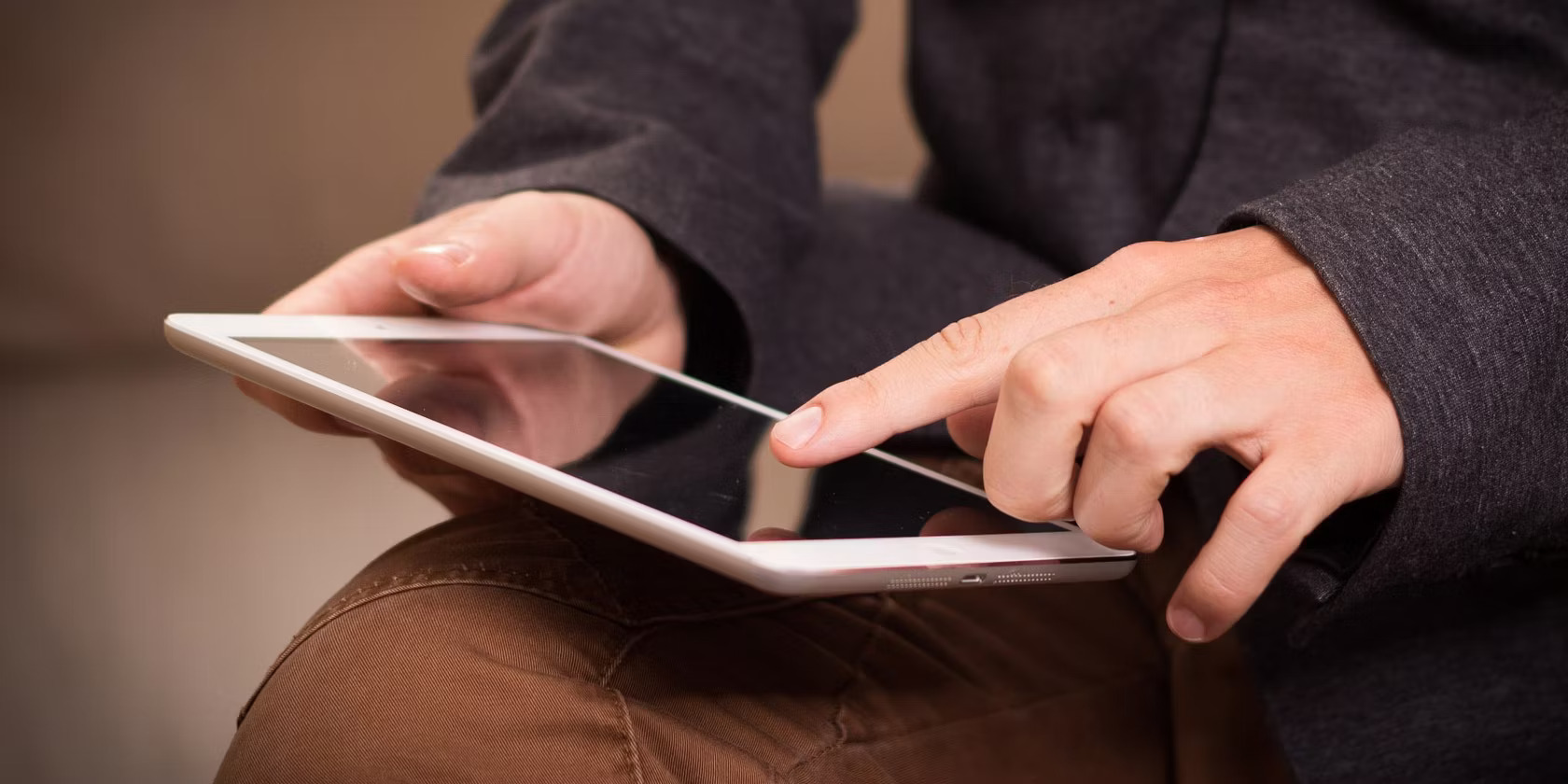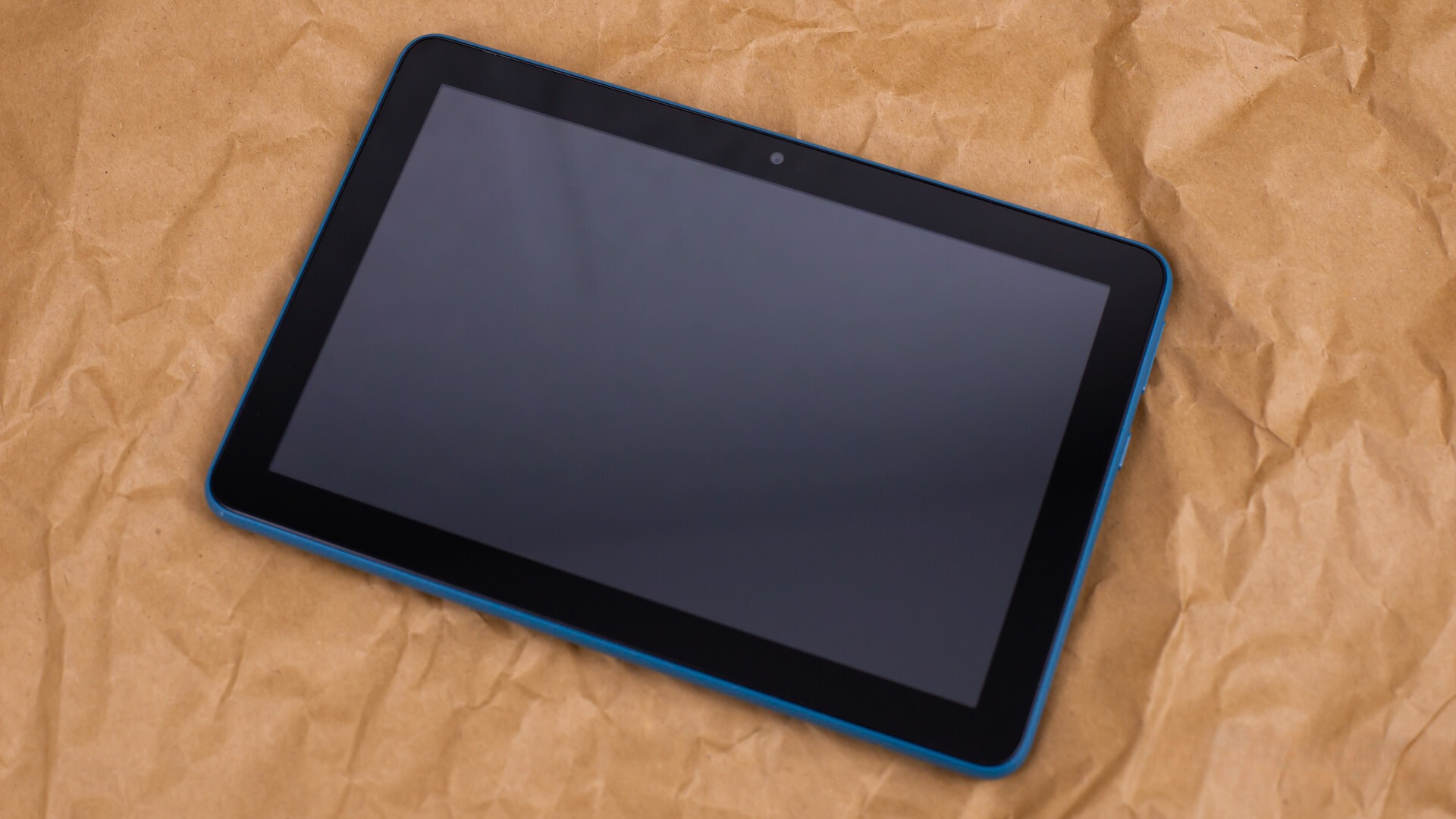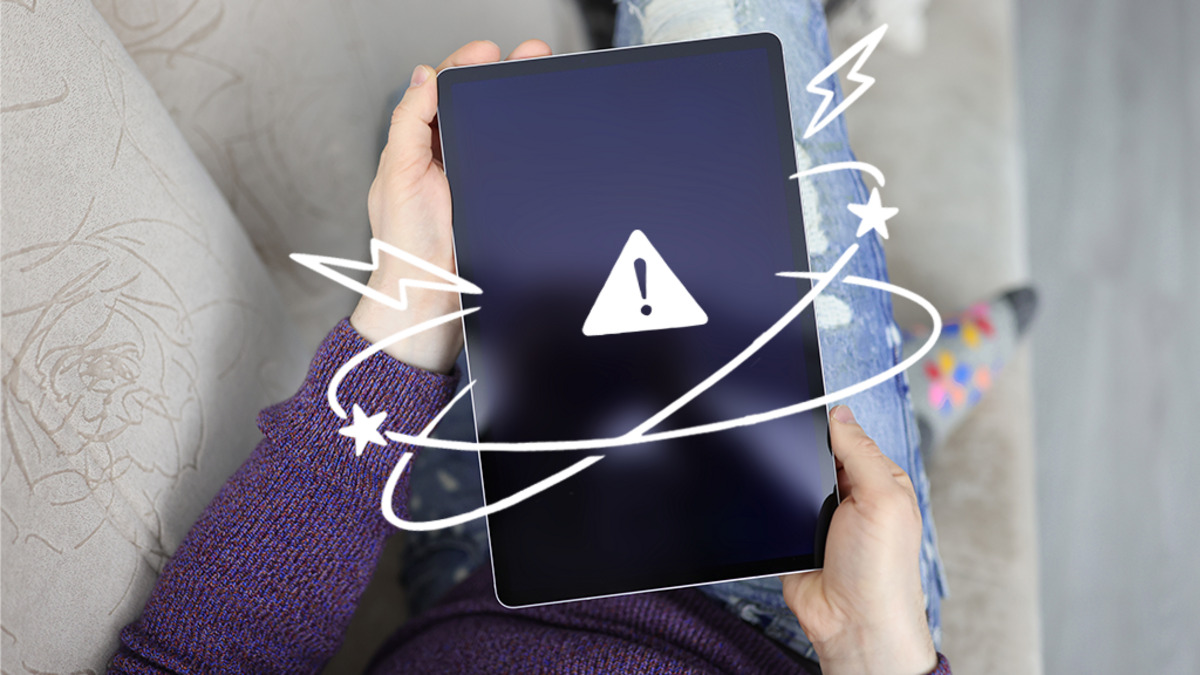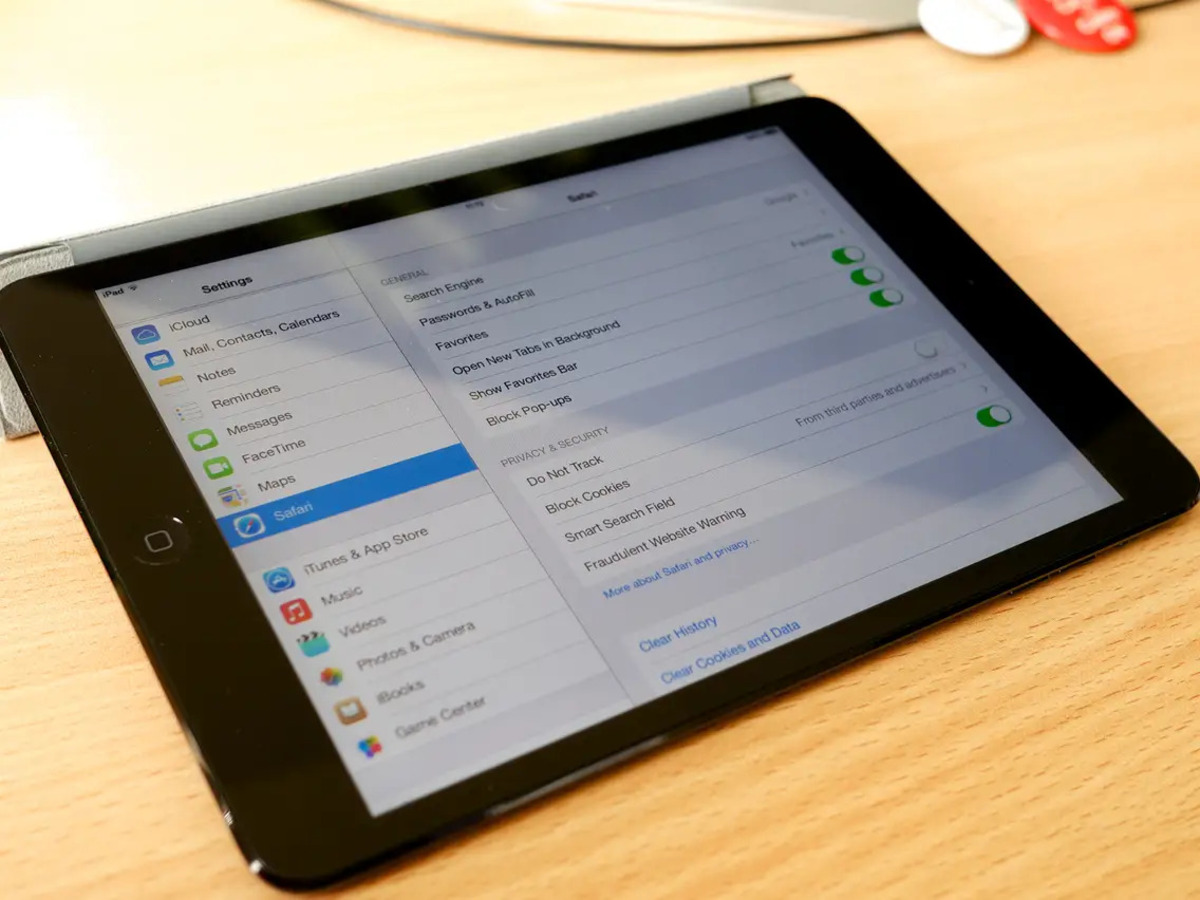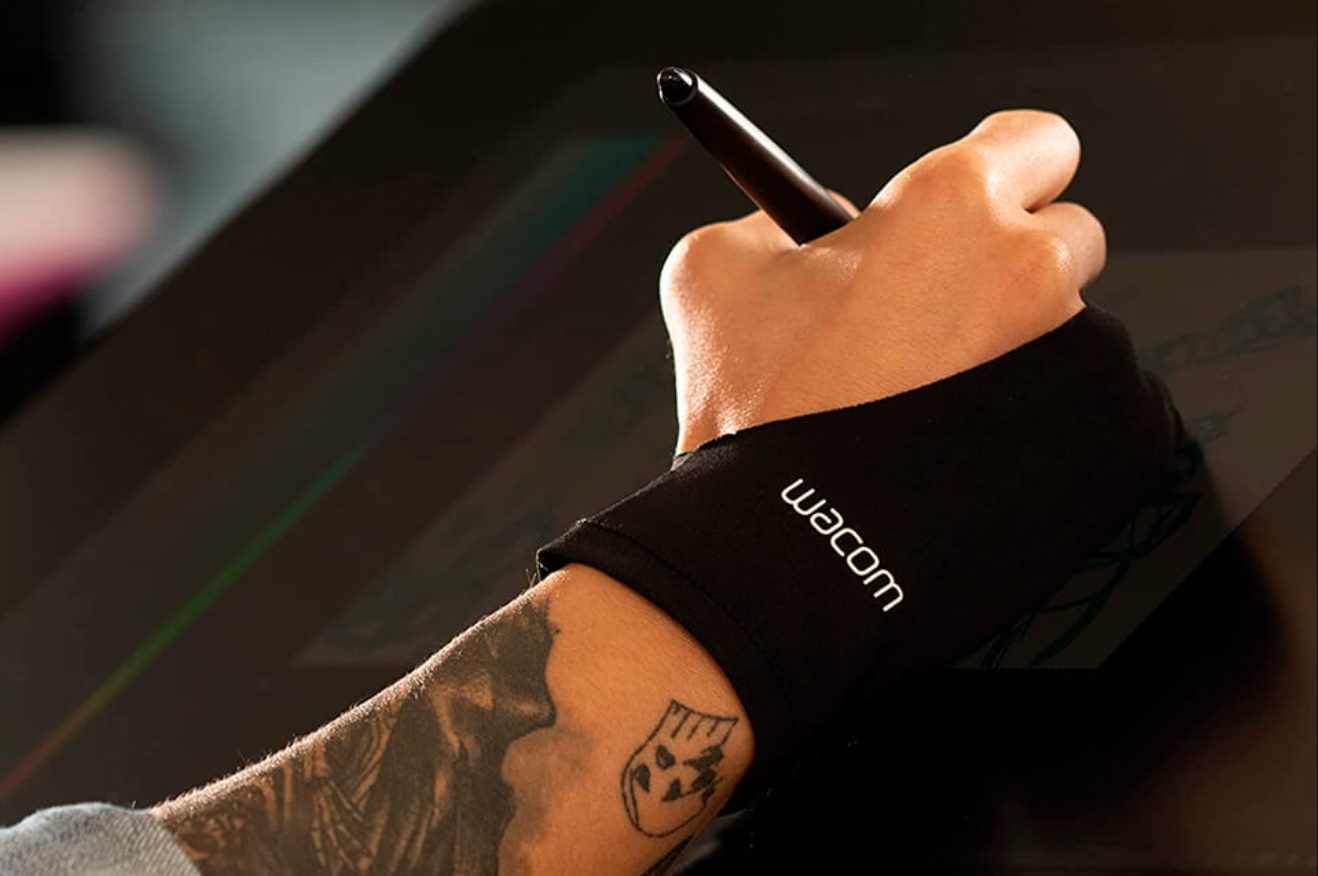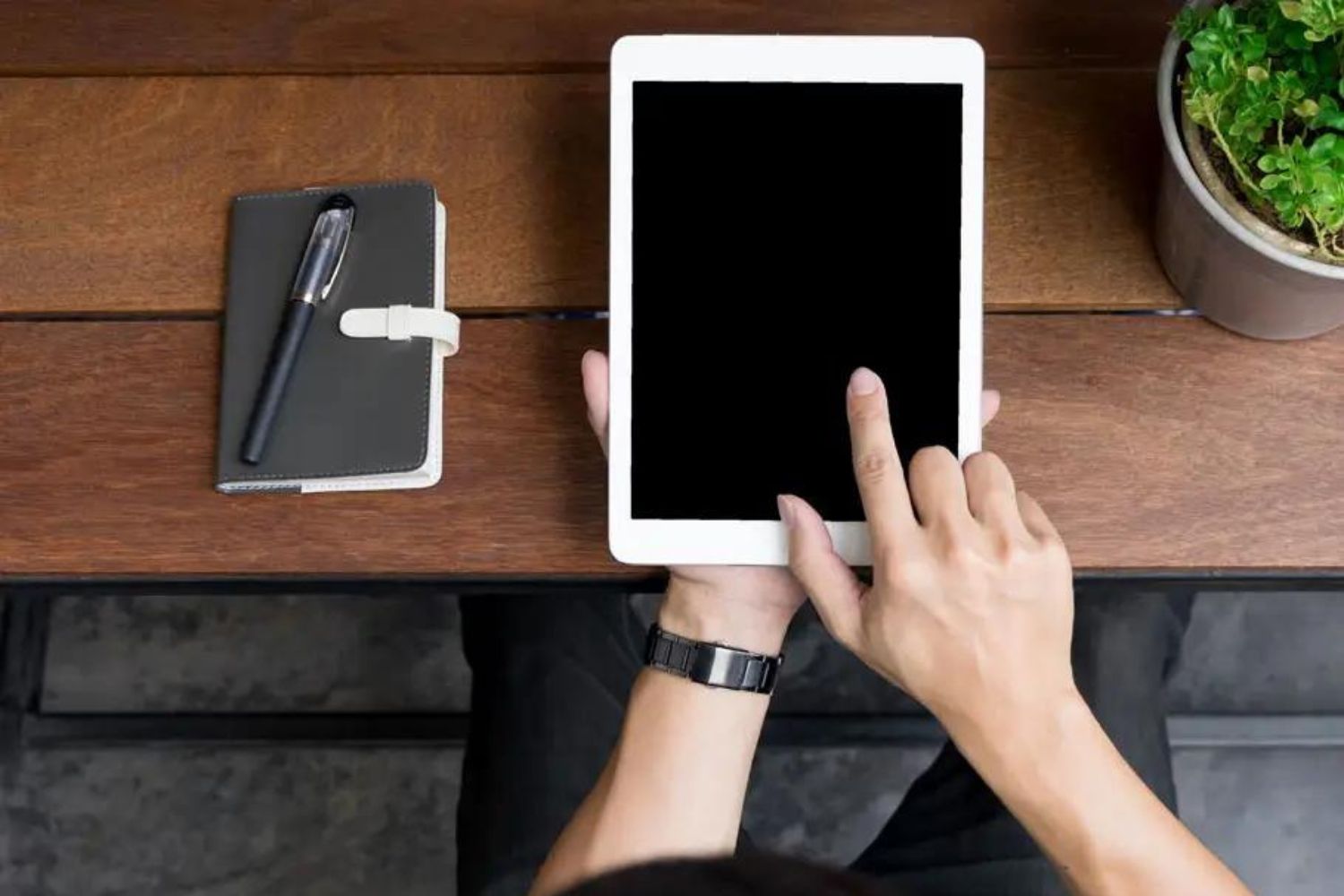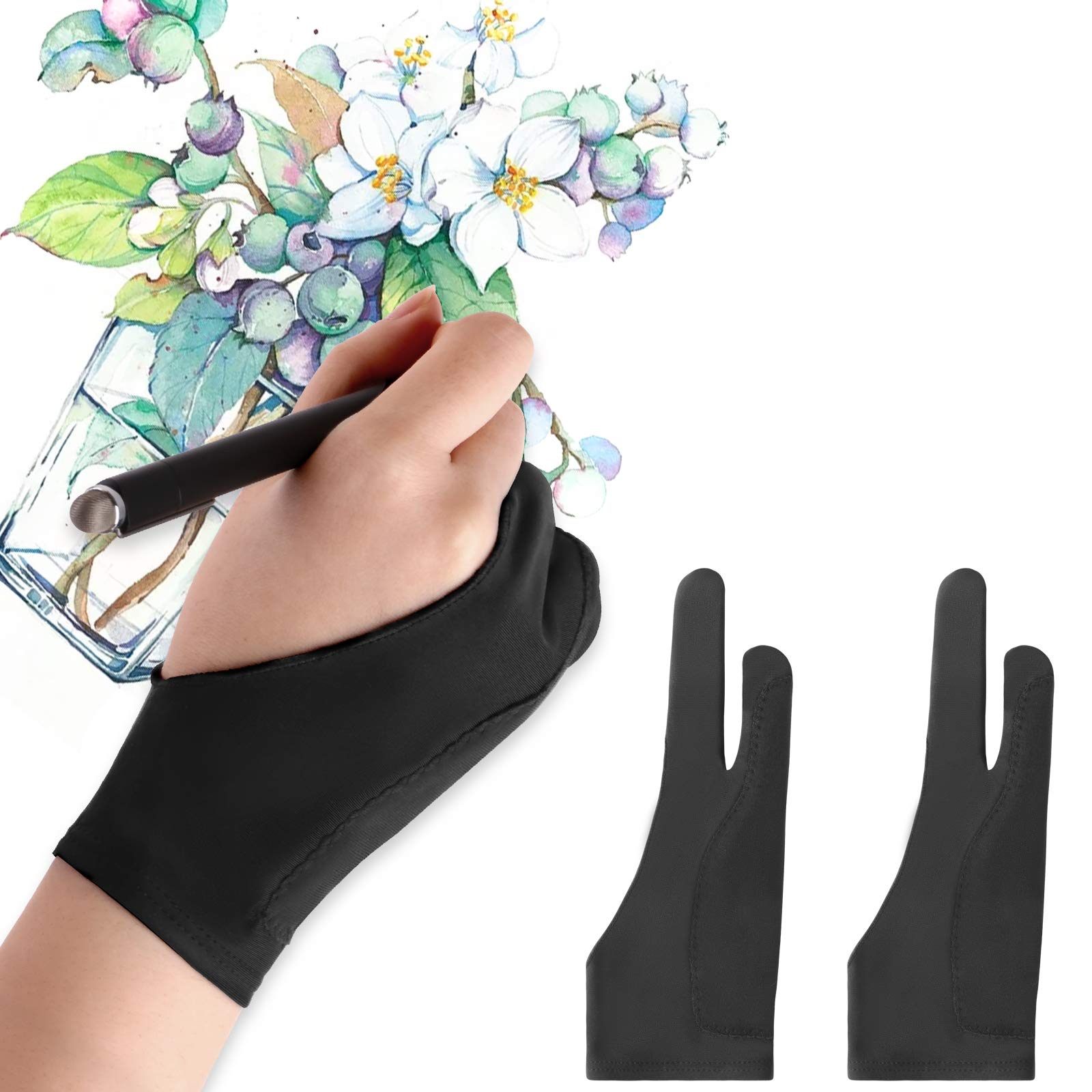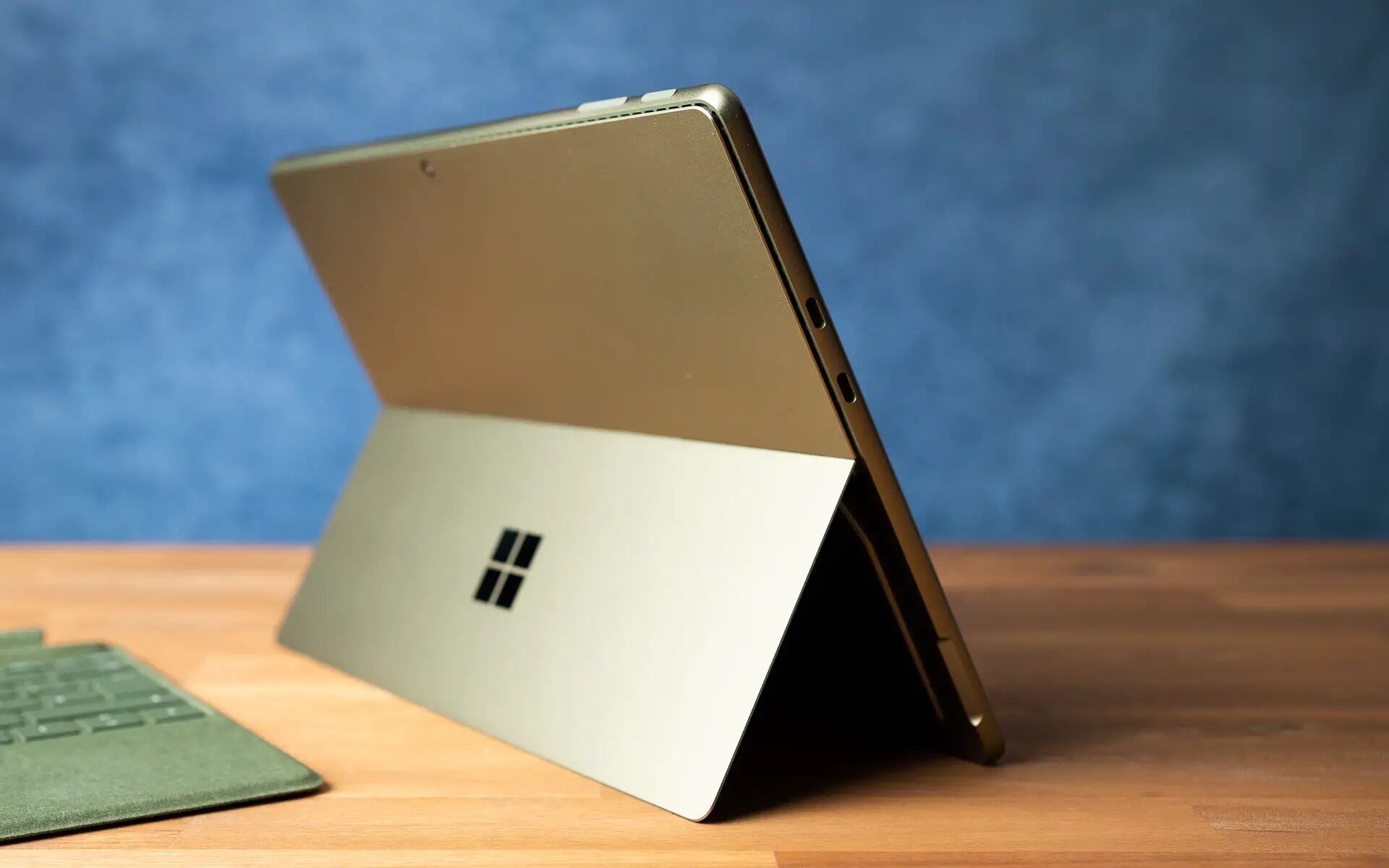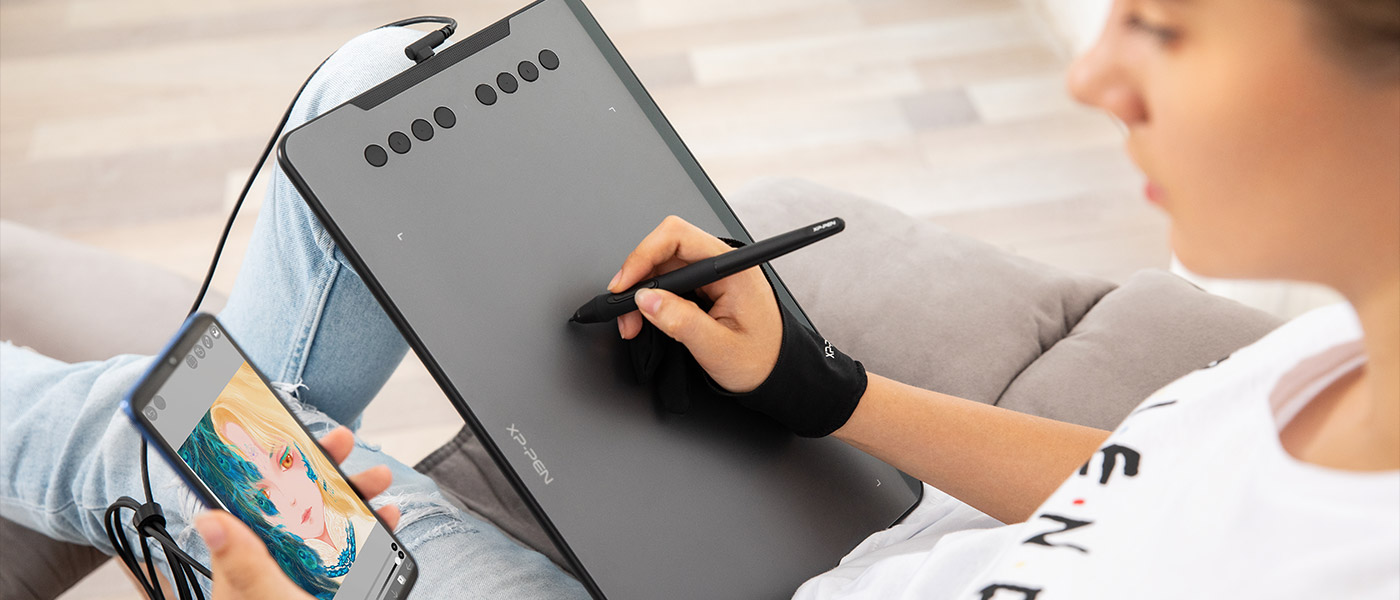Introduction
Tablets have become an essential part of our daily lives, serving as portable and versatile devices for entertainment, productivity, and communication. One of the key features that make tablets so convenient to use is their touchscreen interface. However, like any electronic device, touchscreens can encounter issues that hinder their functionality. If you’re facing problems with the touchscreen on your tablet, don’t worry – there are several steps you can take to fix the issue and get your tablet back to its smooth and responsive self.
In this article, we will explore common problems you may encounter with your tablet’s touchscreen and provide step-by-step solutions to troubleshoot and fix them. These solutions are applicable to various tablet models, including Android, iOS, and Windows devices.
Before diving into the troubleshooting process, it’s important to remember that touchscreens are intricate systems comprising several layers, sensors, and components. Sometimes, fixing touchscreen issues may require a simple software adjustment, while at other times, it may involve physical repairs or replacement of damaged parts. As a general rule of thumb, it’s always prudent to start with the simplest solutions and gradually move towards more complex ones if the problem persists.
Now let’s get started and learn how to tackle those frustrating touchscreen issues on your tablet.
Common Issues with Touchscreens
Touchscreen issues can arise due to various reasons, ranging from software glitches to physical damage. Understanding the common problems that users encounter with touchscreens can help in identifying the appropriate solution. Here are some of the most common issues:
- Unresponsive Touchscreen: This issue occurs when the touchscreen fails to register any touch input or becomes intermittently unresponsive. It can be frustrating when your taps and swipes don’t produce any response.
- Touchscreen Lag: Lag refers to a delay between touch input and the corresponding action on the screen. If you notice a delay or slow response when swiping, scrolling, or typing, you may be experiencing touchscreen lag.
- Ghost Touches: Ghost touches are when the screen registers random and unintended touches. You may see apps opening and closing on their own, or the device behaving as if someone is touching the screen, even when you’re not.
- Touchscreen Accuracy Issues: If you’re encountering issues where the touchscreen is not accurately registering your taps or swipes, it can make using your tablet frustrating and inefficient.
- Dead Spots: Dead spots are areas on the screen where touch input is not detected. You may find that certain portions of the screen do not respond when you try to touch or interact with them.
- Screen Freezing: Screen freezing is when the display becomes unresponsive and stops updating or responding to touch input. This can happen intermittently or persistently until the issue is resolved.
These are some of the common problems that tablet users face with their touchscreens. Fortunately, most of these issues can be resolved with a few troubleshooting steps. In the following sections, we will delve into the solutions for each of these problems.
Check for Physical Damage
When facing touchscreen issues on your tablet, it’s important to start with a thorough inspection for any physical damage. Physical damage can affect the functionality of the touchscreen, leading to unresponsive or erratic behavior. Here are the steps to check for physical damage:
- Examine the Screen for Cracks: Carefully inspect the screen for any cracks or visible damage. Even small cracks or chips can interfere with the touchscreen’s ability to register touch input accurately. If you notice any damage, it may be necessary to replace the screen.
- Check for Moisture Exposure: Moisture and liquid spills can wreak havoc on touchscreens. If your tablet has come into contact with water, spilled beverages, or any other liquids, it may cause the touchscreen to malfunction. Look for signs of moisture damage, such as watermarks or discoloration under the screen. If present, take necessary steps to dry the device or seek professional assistance.
- Inspect the Frame and Buttons: A bent or distorted frame can put pressure on the screen, leading to touch issues. Similarly, malfunctioning physical buttons near the screen can interfere with the touchscreen’s functionality. Carefully check the frame for any signs of damage or misalignment. Ensure that all physical buttons are functioning correctly.
If you discover any physical damage during the inspection, it’s advisable to seek professional repair assistance. Depending on the severity of the damage, you may need to replace the screen, repair the frame, or address any other components that are affecting the touchscreen’s performance.
However, if there is no visible physical damage, it’s time to move on to the next step in troubleshooting your tablet’s touchscreen issues.
Clean the Screen
One of the simplest yet effective steps to fix touchscreen issues on your tablet is to clean the screen. Over time, the touchscreen can accumulate smudges, dirt, fingerprints, and other debris, which can interfere with its responsiveness. Here’s how you can clean the screen:
- Power Off the Tablet: Before cleaning the screen, ensure that the tablet is powered off. This will prevent accidental taps or gestures while cleaning, and also reduce the risk of damaging the device.
- Use a Soft Microfiber Cloth: Take a soft, lint-free microfiber cloth and gently wipe the screen in a circular motion. Avoid using abrasive materials, such as paper towels or rough fabrics, as they can scratch the screen. The microfiber cloth will help remove fingerprints and smudges without causing any damage.
- Dampen the Cloth (Optional): If there are stubborn smudges or sticky residue on the screen, you can lightly dampen the microfiber cloth with water or a 50:50 mixture of water and isopropyl alcohol. Make sure the cloth is only slightly damp and not dripping wet. Avoid getting moisture into any openings or ports of the tablet.
- Gently Clean the Screen: Using the slightly dampened cloth, gently wipe the screen again in a circular motion. Apply light pressure and avoid pressing too hard, as it can damage the screen. Pay extra attention to the edges and corners of the screen, as dirt and debris can accumulate in these areas.
- Dry the Screen: After cleaning, use a dry microfiber cloth to completely dry the screen. Ensure that there are no remaining moisture droplets before powering on your tablet.
By cleaning the screen, you can eliminate any dirt or residue that may be hindering the touchscreen’s functionality. This simple step has been known to resolve many touchscreen issues, making your tablet more responsive and accurate.
If cleaning the screen doesn’t fix the problem, it’s time to move on to the next troubleshooting step.
Restart the Tablet
When facing touchscreen issues on your tablet, a simple restart can often solve the problem. Restarting the tablet clears the temporary data and refreshes the software, which can help resolve any software glitches or conflicts that may be affecting the touchscreen. Here’s how you can restart your tablet:
- Press and Hold the Power Button: Locate the power button on your tablet. Press and hold the power button until a menu or prompt appears on the screen. This menu may vary depending on your tablet’s model and operating system.
- Select Restart or Reboot: From the menu, select the option to restart or reboot your tablet. It may be labeled differently on different devices, such as “Restart,” “Reboot,” or “Power off and Restart.”
- Wait for the Tablet to Restart: Once you’ve selected the restart option, wait for your tablet to power off completely and then turn back on. This process may take a few moments, so be patient.
Once your tablet has restarted, check if the touchscreen issues have been resolved. Often, a simple restart can fix minor software glitches that may have been causing the problem. If the touchscreen is still unresponsive or behaving erratically, proceed to the next troubleshooting step.
It is recommended to restart your tablet periodically, even when no issues are present, to ensure optimal performance and to prevent the accumulation of temporary software glitches.
Calibrate the Touchscreen
If you’re experiencing issues with the touchscreen accuracy or responsiveness on your tablet, calibrating the touchscreen may help. Calibration allows the device to recalibrate its touch sensitivity, improving its accuracy. Here’s how you can calibrate the touchscreen on your tablet:
- Access the Calibration Settings: Go to the settings menu on your tablet. Look for the “Display” or “Touchscreen” section, which may vary depending on your tablet’s model and operating system.
- Find the Touchscreen Calibration Option: Within the display settings, search for the option to calibrate the touchscreen. It may be labeled as “Touchscreen Calibration,” “Calibrate Touchscreen,” or something similar.
- Follow the On-Screen Instructions: Once you’ve located the calibration option, follow the on-screen prompts or instructions. Typically, the calibration process involves tapping specific targets or points on the screen as directed.
- Complete the Calibration: Continue following the on-screen instructions until the calibration process is complete. After calibration, your tablet will have a recalibrated touchscreen that should respond accurately to your touches.
It’s important to note that not all tablet models or operating systems offer a built-in touchscreen calibration option. If you can’t find the calibration settings or if the calibration process doesn’t resolve the touchscreen issues, proceed to the next troubleshooting step.
In some cases, a third-party touchscreen calibration app may be available in the app store for your specific tablet model. These apps can provide additional options for calibration and fine-tuning the touchscreen sensitivity.
If calibrating the touchscreen doesn’t solve the problem, it’s time to try updating the operating system on your tablet.
Update the Operating System
Updating the operating system on your tablet can often resolve touchscreen issues by fixing bugs, improving stability, and introducing new features. Software updates also address compatibility issues that may be affecting the touchscreen’s performance. Here’s how you can update the operating system on your tablet:
- Check for System Updates: Go to the settings menu on your tablet and look for the “System” or “Software Update” section. This may vary depending on your tablet’s model and operating system.
- Check for Updates: Within the system settings, find the option to check for updates. Tap on it, and the tablet will search for any available updates for your operating system.
- Download and Install Updates: If an update is available, download and install it following the on-screen prompts. Make sure your tablet is connected to a stable Wi-Fi network and has sufficient battery power before starting the update process.
- Restart the Tablet: After the update is successfully installed, restart your tablet to ensure that the changes take effect. This step is important as it allows the updated software to fully integrate with the tablet’s hardware.
Updating your tablet’s operating system can provide bug fixes and performance enhancements that may address touchscreen issues. It’s recommended to keep your tablet’s operating system up to date to ensure the best possible performance and compatibility with the latest software and apps.
If updating the operating system doesn’t resolve the touchscreen problems, it’s time to consider the next troubleshooting step: performing a factory reset.
Perform a Factory Reset
If you’ve tried the previous troubleshooting steps and are still experiencing touchscreen issues on your tablet, performing a factory reset may be the solution. A factory reset will erase all data and settings on your tablet, returning it to its original factory state. Here’s how to perform a factory reset:
- Backup Your Data: Before proceeding with a factory reset, it’s important to back up any important data, such as photos, documents, or contacts. This will prevent the permanent loss of your valuable information.
- Access the Reset Option: Go to the settings menu on your tablet and look for the “Backup and Reset” or “Reset” section. The exact location of this option may vary depending on your tablet’s model and operating system.
- Select Factory Reset: Within the reset settings, look for the option to perform a factory reset. It may be labeled as “Factory Data Reset” or “Erase All Data.” Tap on this option to initiate the factory reset process.
- Confirm the Reset: The tablet will display a confirmation prompt, warning you about the consequences of a factory reset. Read the information carefully and proceed only if you are certain. Confirm your decision and enter any required authentication, such as a PIN or password.
- Start the Factory Reset: After confirming, the tablet will begin the factory reset process. This may take several minutes, during which the tablet will erase all data and restore the original factory settings.
It’s important to note that performing a factory reset will delete all data, including apps, settings, and personal files, from your tablet. Make sure you have backed up everything important before proceeding with the reset.
After the factory reset is complete, set up your tablet again, reinstall necessary apps, and test the touchscreen. In most cases, a factory reset resolves software-related touchscreen issues. If the problem persists even after a factory reset, it indicates a more complex hardware issue, and it may be necessary to contact customer support or seek professional repair.
Contact Customer Support or Seek Professional Repair
If you’ve gone through all the troubleshooting steps and are still experiencing touchscreen issues on your tablet, it’s time to reach out to customer support or consider seeking professional repair. Here’s what you can do:
Contact Customer Support:
Many tablet manufacturers offer customer support services to assist with troubleshooting and resolving technical issues. Reach out to the customer support team of your tablet’s manufacturer either through phone, email, or live chat. Explain the touchscreen issues you’re experiencing and the steps you’ve already taken to troubleshoot. They may provide additional guidance, specific instructions, or suggest further actions to resolve the problem.
Warranty Coverage:
If your tablet is still under warranty, check the warranty coverage and terms. If the touchscreen issues are due to a manufacturing defect, the warranty may cover repairs or even a replacement device. Follow the procedures outlined in the warranty documentation to make a claim and get the necessary repairs done.
Seek Professional Repair:
If your tablet is out of warranty or the touchscreen issues persist despite your troubleshooting efforts, you may need to seek professional repair services. Look for authorized service centers or reputable third-party repair shops that specialize in your tablet’s brand and model. They have the expertise and tools to diagnose and repair hardware issues with the touchscreen or other components of your tablet.
When contacting a repair service, provide them with a detailed description of the touchscreen issues and any relevant information about previous troubleshooting steps you’ve attempted. They will be able to assess the problem and provide an estimate for the repair costs and the expected turnaround time.
Always ensure that you choose a reputable service provider with a good track record and positive customer reviews to avoid any further complications or damages to your tablet.
By contacting customer support or seeking professional repair, you can get expert assistance in tackling the touchscreen issues on your tablet. Whether it’s a software glitch or a hardware problem, they will be able to guide you towards the most appropriate solution.







